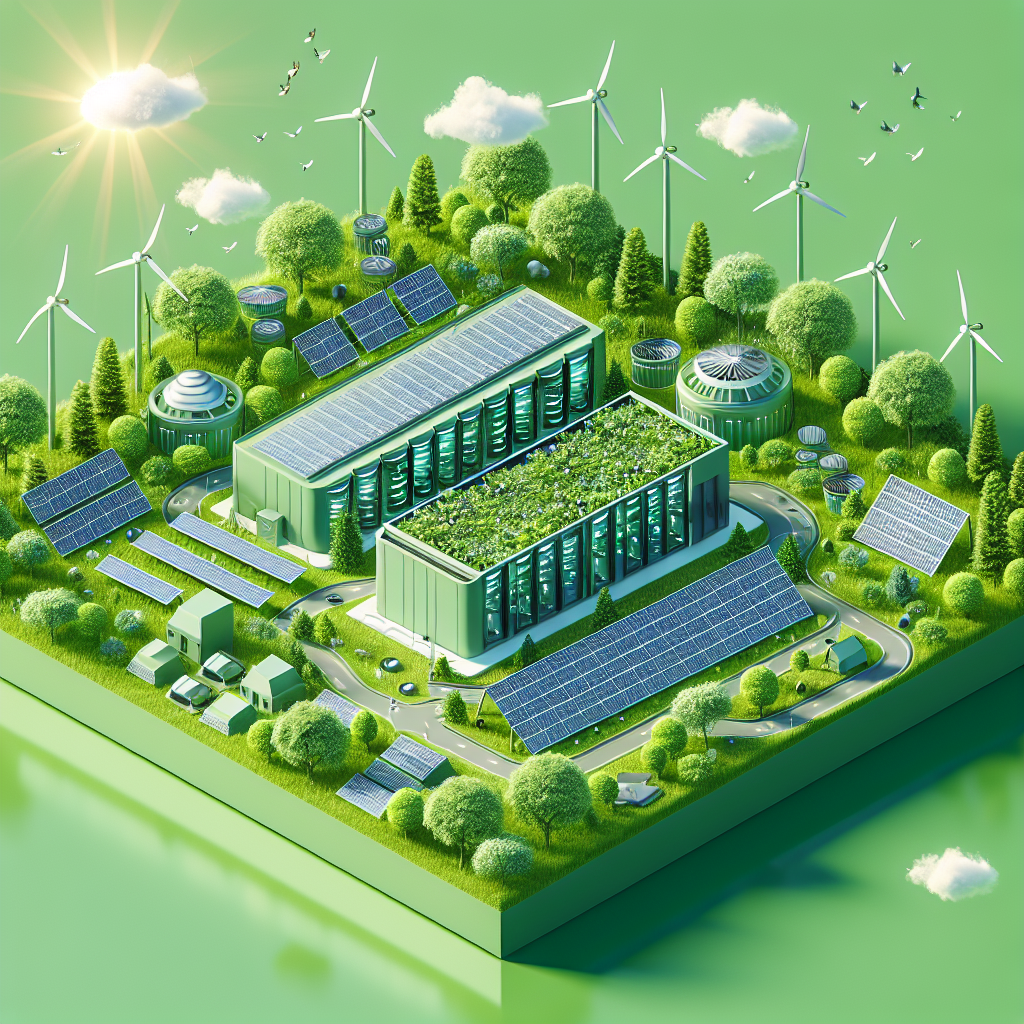Case Studies in Sustainable Data Center Design and Operation
In recent years, the push for sustainability has become increasingly important in all aspects of business, including data center design and operation. As the demand for data storage and processing continues to grow, so does the need for more energy-efficient and environmentally friendly solutions. This has led to an increase in the use of sustainable practices in data center design and operation, with many companies implementing innovative strategies to reduce their carbon footprint and minimize their impact on the environment.
One approach that has gained traction in the industry is the use of case studies to highlight successful examples of sustainable data center design and operation. These case studies provide valuable insights into the challenges and opportunities of implementing sustainable practices, as well as the benefits that can be achieved through these efforts.
One such case study is the Microsoft data center in Quincy, Washington. This facility, which was built in collaboration with the local utility company, is powered entirely by renewable energy sources, including hydroelectric power and wind energy. By using renewable energy sources, Microsoft has been able to significantly reduce its carbon footprint and lower its operating costs. In addition, the company has implemented energy-efficient cooling systems and server technologies to further improve the efficiency of the data center.
Another example of sustainable data center design and operation is the Facebook data center in Luleå, Sweden. This facility is powered by 100% renewable energy sources, including hydroelectric power and wind energy. In addition to using renewable energy sources, Facebook has implemented innovative cooling technologies, such as using outside air to cool the servers during the colder months. This has allowed the company to achieve a power usage effectiveness (PUE) rating of 1.07, which is considered extremely efficient in the industry.
These case studies demonstrate the importance of sustainable practices in data center design and operation, and the benefits that can be achieved through these efforts. By implementing renewable energy sources, energy-efficient technologies, and innovative cooling systems, companies can reduce their carbon footprint, lower their operating costs, and contribute to a more sustainable future.
In conclusion, sustainable data center design and operation are essential for companies looking to reduce their environmental impact and improve their bottom line. By using case studies to showcase successful examples of sustainable practices, companies can gain valuable insights into the challenges and opportunities of implementing these strategies. With the right approach, companies can achieve significant benefits in terms of energy efficiency, cost savings, and environmental stewardship.


